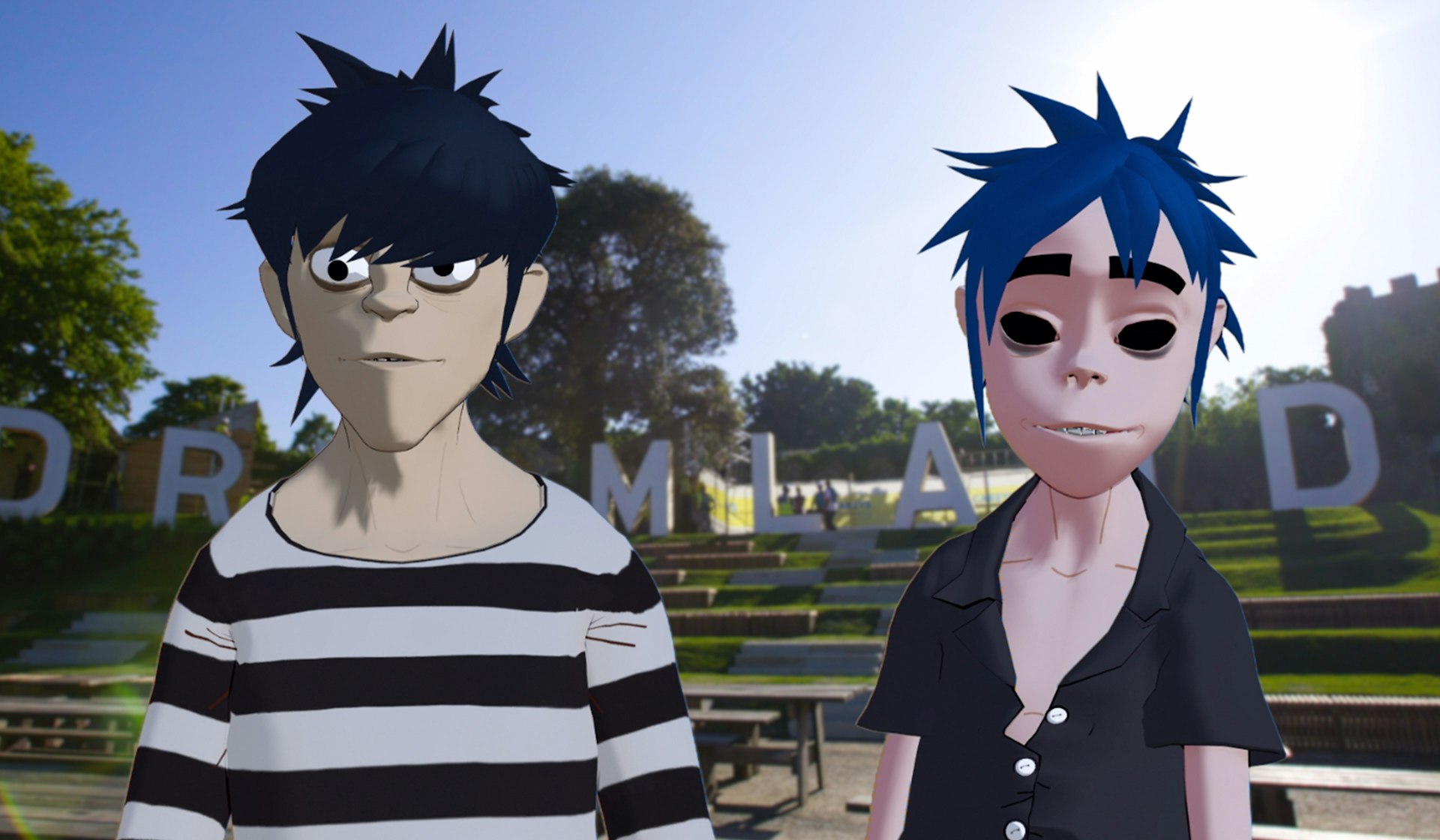- Text by Ryan Mcmeekin
It’s 2004 and Kano is standing in his dressing-gown, in a car park outside his house, spitting lyrics as part of N.A.S.T.Y Crew. This is Risky Roadz, a grime DVD series created by Roony Keef. It’s a world away from 2017, and perhaps an unlikely testament to the origins of a sound that has now reached its popular zenith.
CRisky Roadz sought to transform grime from a purely audio-based phenomenon into a visual document of the life and music of London’s streets, studios, and shops. The two original volumes of Risky Roadz, ‘Tha Roadz are Real’ (2004) and ‘Ruccus on Road’ (2005), featured MCs spitting bars and giving interviews, providing a platform from which artists could showcase their talent. The movement was creative and innovative, communal and welcoming, despite its very ‘real’ lyrical clashes and musical rivalries.
More than 10 years later, May 2017 saw the release of the first instalment of The Rootz, a Risky Roadz project intending to celebrate some of grime’s most influential instrumental and vocal tracks, beginning with Danny Weed’s Creeper.
Accompanying the track’s snarling strings and snares, Risky Roadz reimagines the track as an East-End horror. It is a far cry from the grainy videos of the real East-End of the original Risky Roadz, characterised by low-budget production, filmed largely on a camera that Keefe’s nan gave to him.
The Rootz, then, is something of a deviation from Risky Roadz’s original aesthetic, and reflects the general movement that has taken place within the genre. Across London and, in fact, much of the rest of the UK, grime has reached, or is perhaps still reaching its peak in popularity. Just like with Risky Roadz, productions in the genre have become slicker, and the budgets bigger. Eskimo Dance, for instance, grime’s nascent event series, is now a major production.
For an event that, in 2002, arose from Wiley’s casual aspiration to “put on a rave”, Eskimo Dance is a testament to the success of grime, the most recent event in April 2017 seeing the likes of Solo 45 and P Money perform to crowds in excess of 10,000 people.
The Rootz demonstrates an awareness of this departure from grime’s original design, and perhaps the desire to return to it. The concept of ‘roots’ is, in itself, indicative of a need to re-evaluate and understand the origins of a movement that has progressed further than even it may have imagined.
Increasingly, criticisms have been levelled at grime for losing its underground, ‘homemade’ appeal, whilst, on the contrary, popular culture has been accused of appropriating the ‘tower block’ aesthetic of grime. Yet, by choosing such a seminal track as Creeper, Risky Roadz reminds us that whilst production has become slicker, and budgets have become bigger, the music will remain the same.
How much pressure did you feel in reviving a project as influential as Risky Roadz?
The only pressure I felt came from myself; this is a huge part of who I am, and I do it for the love and passion I have for the scene. But after taking time out to focus on other personal goals, I always maintained friendships with the artists, and pressure came from making sure I could still deliver for my friends and make what I envisioned happen.
This month saw the first instalment of The Rootz, with a remake of Danny Weed’s Creeper. The video is almost film-like in its high-definition shots and camera trickery and a far cry from earlier instalments of Risky Roadz that focused on the MCs themselves – What inspired this change?
I wanted to bring something new and fresh to the scene, I wanted to educate the new wave of grime fans on the heritage of the scene. I wanted to show that it wasn’t created overnight, and that we have instrumentals like Creeper that still survive 15 years on. I wanted to see this instrumental come alive, just as I wanna see a number of other vocals and instrumentals come alive too. This is a project I’m doing for myself as well as the scene, as it challenges me on a story-board level whilst educating along the way.
At a time when popular music videos are increasingly borrowing the markers of ‘urban culture’: London estates, tower blocks and even certain clothing, does the revival of Risky Roadz stand as a form of retaliation?
Risky Roadz has always been there even if it’s just in the background. I don’t care what others do, I do what’s right for me and my brand. It’s nice to know you’ve inspired others on their journey, but I focus on myself and my ideas.
Do you feel that higher production values and slick visuals have seen grime deviate from its original vision?
It’s not deviation its evolution. Everything has to evolve… you can’t be stagnant. Risky Roadz represents the visual evolution: VHS to 4K, whilst the success of grime is the audio representation.
You have said that the first instalment of The Rootz has potential to be followed by more videos. With such an important history already, where do you see a project like Risky Roads going in the future?
It’s endless. I’m known for freestyle and music video visuals but it’s so much more than that. I was one of the first to put formats into grime and there’s so many more to come, the possibilities for Risky Roadz are endless. I come up with new ideas everyday and with the strong team i have built around me (Beau Keefe, my brother and business manager, and Elliot Illness, DJ and Creative Director) we turn the smallest conversations into strings of ideas which you will all soon see.
Enjoyed this article? Like Huck on Facebook or follow us on Twitter.
